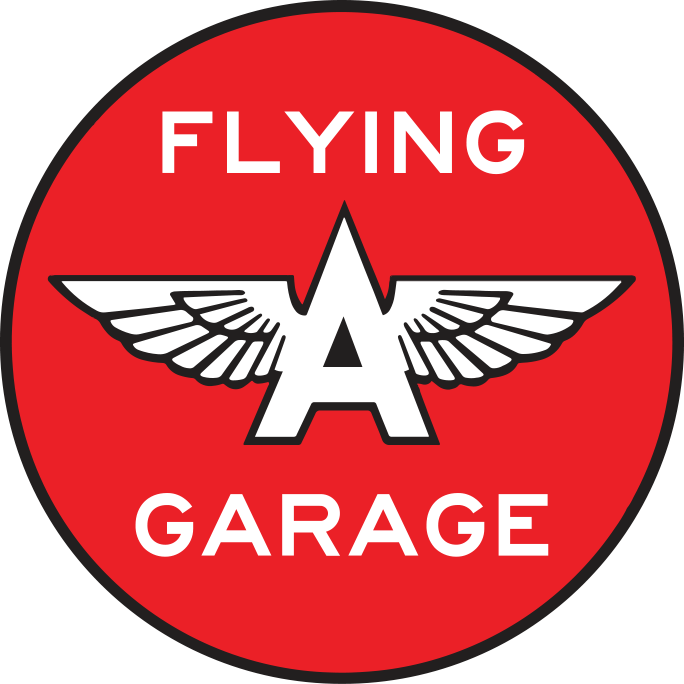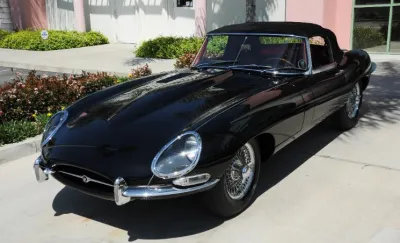Collection
Initially unveiled at the 1961 Geneva Motor Show, 2011 marks the 50th anniversary of the Malcolm Sayer designed Jaguar XKE. From the moment the XKE was introduced it attracted huge crowds and universal acclaim even from Enzo Ferarri who proclaimed that the XKE was “The most beautiful car ever made.” In 2008, The English newspaper, “The Telegraph” reaffirmed Ferarri’s praise when ranking 100 of the most beautiful cars in the world awarded the XKE #1 position.
Over the next 18 months as production was increased to meet demand, the XKE became the choice of film stars and jet-setters. Rock singers Jan and Dean immortalized the XKE in the song entitled “Dead Man’s Curve” that tells the story of a street race between a XKE and Corvette Sting Ray.
The XKE combined startling styling, a 149.1-mph top speed, and accelerate from 0-60 in 7.1 seconds. The XKE’s relatively low price of $4,000.00 added to its popularity. The only thing that could compete performance-wise was a Ferrari at a significantly higher price.
The E-Type was a completely different-looking vehicle than its predecessors. Its projectile-shaped styling was based on the famous D-Type racers of the 1950's. What had been the most potent optional engine on the XK-150 became the standard engine on the XK-E. The construction was of the unibody type that reduced the weight by 400 pounds to 2,770 pounds
The XKE was manufactured between 1961 and 1975 during which time 77,836 units were produced. Only 10% of production or 7,828 Series 1, E-Type convertibles were produced. All E-Types featured independent coil spring rear suspension with torsion bar front ends, and four wheel disc brakes, in-board at the rear, all were power-assisted. Jaguar was one of the first auto manufacturers to equip cars with disc brakes as standard from the XK150 in 1958. The Series 1 can be recognized by glass covered headlights (up to 1967), small "mouth" opening at the front, signal lights and tail-lights above bumpers and exhaust tips under the license plate in the rear. 3.8 litre cars have leather-upholstered bucket seats, an aluminum-trimmed center instrument panel and console (changed to vinyl and leather in 1963), and a Moss 4-speed gearbox that lacks synchromesh for 1st gear. Optional extras included chrome spoke wheels and a detachable hard top.

